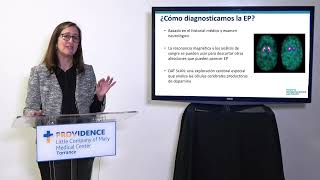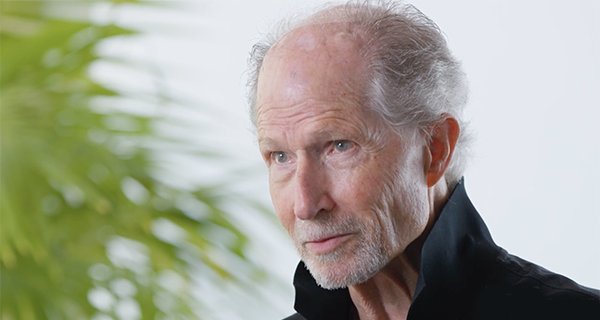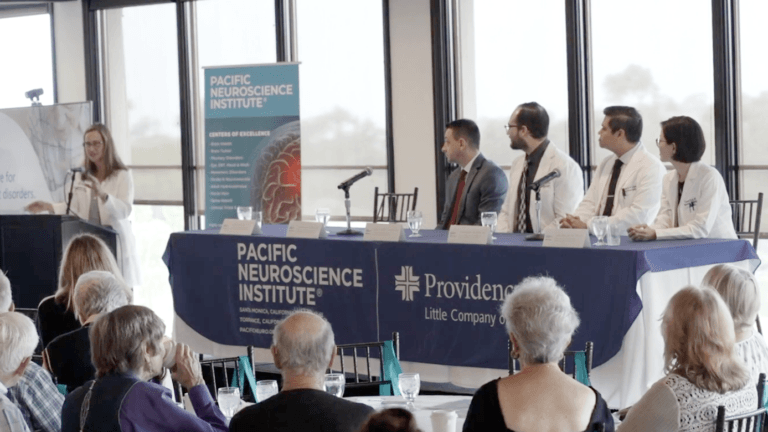

25 Questions About Deep Brain Stimulation (Part 3/3)
by PNI Experts
In this three-part series, PNI experts at the Pacific Movement Disorders Center in Santa Monica and Torrance discuss deep brain stimulation (DBS) for Parkinson’s disease, essential tremor, and dystonia. Discover the most commonly asked questions about DBS and what to expect with DBS surgery.
Deep brain stimulation (DBS) is a surgical procedure that restores the normal circuitry of the brain for patients with Parkinson’s disease, essential tremor, and dystonia. If you feel like the medication is not quite enough to help you out and get you through the day in terms of your activity of daily living, your hobbies, or your job to the point where you’re thinking about stopping those activities, that’s when you should consider DBS.
“Our greatest reward is to see the improvement that we make on patient. In other surgical procedures that we do, we see an immediate effect or an effect on strength or things like that. With DBS, I feel like it’s almost more personal in a way because not only are we affecting the function of the patient, but directly their quality of life.
Jean-Philippe Langevin, MD
1. What benefits can I expect from DBS? How long do the benefits from DBS last?

Every patient’s response is different, of course, but on average tremor is reduced by 70-80% in patients with essential tremor, and the benefits are sustained for many years. In patients with Parkinson’s disease, or PD, clinical trials showed an increase of five hours of good response to medication (“on” time) per day, a 70% reduction in tremor, and a 75% reduction in dyskinesia. These benefits remained for many years in long-term studies. However, PD is a progressive condition, so symptoms of advanced PD do occur as the years go by, including memory loss, cognitive decline, swallowing problems, and balance issues. These symptoms tend not to be responsive to levodopa, and thus are not responsive to DBS, but are caused by the disease, not the stimulation. DBS is not a cure.
2. How can I prevent damage to the DBS system?
- Do not allow health care and wellness practitioners (e.g., massage therapists, chiropractors, osteopathic physicians) to treat your head or neck without consulting your health care team first.
- Read and be familiar with the information in the DBS patient manual.
- Don’t use your chest to prop or hold things to free up a hand. Set down what you have in your hands if you need to free your hands for another task.
3. After DBS, can I have other types of surgery?
Yes, but notify your surgeon or dental professional depending on the location of the procedure. Your neurosurgeon may need to coordinate surgical planning to avoid injury to the DBS system. Most importantly, unipolar or monopolar cautery should be avoided if possible. Bipolar cautery reduces the area for potential interference but should be used at minimal power settings and only intermittently.
4. Can I have a pacemaker or an implantable cardioverter defibrillator (ICD) with DBS?

For many patients, having a pacemaker or an ICD along with their DBS system is possible. Care must be taken in the testing, placement, and programming of each device to make sure they do not interfere with one another. Because of the many possible combinations of devices and individual patient considerations, your healthcare team and cardiologist should discuss your situation.
5. Can I have diathermy with DBS?
Inform anyone treating you that you CANNOT have any shortwave diathermy, microwave diathermy, or therapeutic ultrasound diathermy (all now referred to as diathermy) anywhere on your body because you have an implanted neurostimulation system. Energy from diathermy can be transferred through your implanted system, can cause tissue damage and can result in severe injury or death.
Diathermy can also damage parts of your neurostimulation system. This can result in loss of therapy from your neurostimulation system and may require additional surgery to remove or replace parts of your implanted device. Injury or damage can occur during diathermy treatment whether your neurostimulation system is “on” or “off.”
6. Can I use a hyperbaric chamber with DBS?
Hyperbaric chamber therapy is not recommended with a pressure higher than 2.0 atmospheres absolute (ATA) or 29.4 pounds per square inch absolute (psia). Pressures above 2.0 ATA could damage the neurostimulator, which may require surgery to replace it. Discuss with your healthcare team how the physical effects of hyperbaric chamber therapy may affect you.
7. If I get cancer, can I have radiation therapy with DBS?
Yes, although care must be taken to protect the DBS System. Take these precautions:

- Do not use radiation therapy in the vicinity of your neurostimulation system.
- If you require radiation therapy, your radiologist should place lead shielding over the neurostimulator system to help prevent damage.
- Your neurostimulator function and programmed parameters should be checked after each exposure to radiation therapy.
8. Can I have lithotripsy (focused ultrasound or laser to break down stones) with DBS?
Nonessential lithotripsy is not recommended. If lithotripsy is essential, physicians should not direct or focus lithotripsy within 6 inches of the neurostimulator. Lithotripsy may damage the neurostimulator, which may require surgery to replace it.
9. Can I use a transcutaneous electrical nerve stimulation (TENS) unit with DBS?
Your DBS system should not be affected by the therapy pulses from the TENS unit. However, because there are many different types of TENS units, and not all have been tested neurostimulators, you should use caution and notify your doctor if you feel that the TENS unit may be interfering with your neurostimulator.
10. Can I use magnetic therapy products such as wrist and elbow wraps, mattresses, or blankets with DBS?
Magnetic therapy products are not recommended. Because a magnetic force cannot be seen, heard, or felt, your neurostimulator could turn from ON to OFF (or OFF to ON) unexpectedly. If you choose to use these products anyway, the magnetic therapy should be kept at least 10 inches from the neurostimulator. Most magnets placed 10 or more inches from the neurostimulator would not be strong enough to activate it. However, magnetic mattresses, blankets, and wrist or elbow wraps would normally be in close contact with the neurostimulator and should not be used. Discuss magnetic therapy products with your healthcare team before trying them.
11. Can I use everyday household appliances with DBS?

Most of the electrical devices people are around on a normal day will not harm the DBS System. This includes household appliances, microwaves, computers, office machines, cellular phones, and personal radios. If the neurostimulator comes within centimeters (inches) of small permanent magnets (such as stereo speakers, radio, telephones, magnet therapy products, shoe magnets, and magnets that hold the refrigerator door closed) the neurostimulator could be turned ON or OFF.
12. Can I drive an automobile while the DBS neurostimulator is on?
That depends on the nature of your symptoms and how you respond to DBS therapy. You should avoid activities that could be unsafe to you or others should your symptoms return. Talk with your loved ones and your healthcare team.
13. Can I fly and should I be concerned about long-duration airplane flights with DBS?
Yes, you can fly, but you cannot pilot your own airplane. Commercial flight is safe. The air pressure in commercial aircraft does not reach levels that are dangerous to your DBS System.
14. What about airport security gates and metal detectors with DBS?
It is best to avoid airport security gates and theft detector/security systems in department stores, pharmacies, shops, libraries, etc. When approaching theft detectors or security gates, show the neurostimulator identification card and multilingual airport/security card to security personnel and ask that a hand search be done to bypass the security device. If you must pass through the security device, follow these steps:
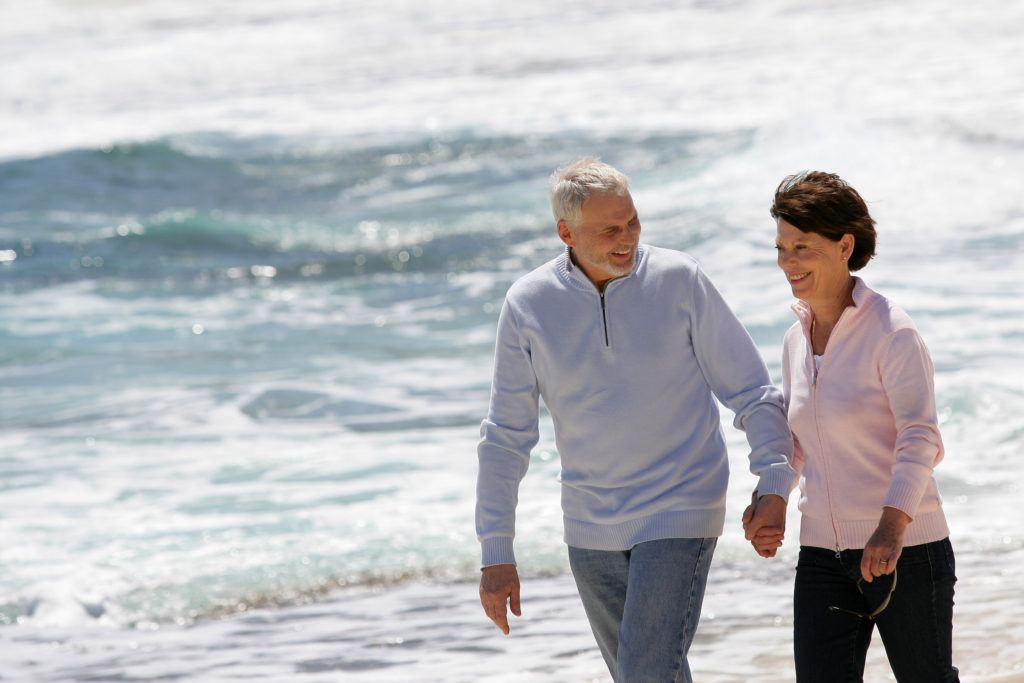
- Request a backscatter X-ray device as these are unlikely to affect the neurostimulator device.
- Approach the center of the device and walk normally. If two security gates are present, walk through the middle, keeping as far away as possible from each gate. If one gate is present, walk as far away as possible from it. Note: Some theft detectors may not be visible.
- Proceed through the security device. Do not linger near the device.
- If you suspect that your neurostimulator was turned off, make sure someone is able to turn on your system again. (The person could be you if your medical condition allows it. Or, it could be someone who has been taught how to use the system.)
15. How much of my hair will be shaved for DBS surgery?
Generally, there are two 2” strips of hair shaved for the lead placement when done bilaterally, plus a 2” strip behind one ear. If there is chest hair, a small patch may need to be shaved for the IPG placement.
16. Can I go in a hot tub, steam room, or sauna with DBS?
Using hot tubs, steam rooms, or saunas is not recommended because they expose your DBS System to higher than normal heat levels.
17. Can I scuba dive with DBS?

Scuba diving below 33 feet (10 meters) of seawater (2.0 atmospheres absolute or 29.4 pounds per square inch absolute) is not recommended. Your neurostimulator will operate normally down to 33 feet of seawater. Neurostimulators begin to deform at depths greater than 33 feet of seawater. Damage to the neurostimulator may require surgery to replace it. Discuss scuba diving with your healthcare team because there may be health and safety concerns other than possible damage to your neurostimulator.
18. Can I skydive with DBS?
We do not recommend skydiving. While high altitudes should not affect the neurostimulator, the extreme sport of skydiving involves movement and impact that could easily damage your DBS System.
19. What about other high-altitude activities such as skiing or hiking in the mountains with DBS?
High altitudes are unlikely to affect the neurostimulator, but falls and sudden jerks, twists, or stretches could damage your DBS System. Discuss these activities with your healthcare team before trying them.
20. Can I be near an electric substation or carrier lines with DBS?
Electric power lines, substations, and power transformers should not cause interactions with your neurostimulator system if you stay outside the protective fencing around these installations.
21. Can I work on an automobile with DBS?

Automobiles do not produce strong enough EMI fields to affect DBS therapy. But if you experience any discomfort or problems near your implant while working on an automobile, discontinue the work immediately and call your healthcare team to have the device checked. Be careful while working on an automobile because excessive or repetitive bending, twisting, or stretching can dislodge or fracture the lead resulting in a change in the intensity of your stimulation.
22. Can I arc weld with DBS?
No. Arc welding is potentially dangerous for patients implanted with DBS systems.
23. Can I be around industrial equipment with DBS?
Your DBS system may turn ON or OFF if exposed to the high amounts of electromagnetic interference commonly found in industrial equipment. The device could reset to factory settings if interference is too high. As a result, the device will not deliver any stimulation even when turned ON because the amplitude limit will be reset to zero. If this occurs, the device will need to be reprogrammed by your healthcare team.
24. Can I use power tools with DBS?
Most power tool motors create a weak electrical field. Those that operate from DC electrical power, use batteries, or have permanent magnets may trigger the ON/OFF switch when brought close to the neurostimulator. If you must use power tools, be sure to keep them away from your neurostimulator and check the status of your neurostimulator when you have finished to be sure it is functioning properly.
25. Do I need to take my medication on the day of DBS surgery?

For the fiducial or cranial markers placement, please take your usual medications that have been prescribed for your Parkinson’s, tremor, or dystonia, with a small sip of water prior to your procedure. For the DBS lead placement, we ask that you do not take your medications for Parkinson’s, tremor, or dystonia on the morning of the surgery. For the DBS pulse generator placement, please take your usual medications for Parkinson’s, tremor, or dystonia, with a small sip of water prior to your surgery.
Useful Links
- What Is Deep Brain Stimulation? (Part 1/3)
- What Can I Expect With Deep Brain Stimulation (DBS) Surgery? (Part 2/3)
- Parkinson’s Disease
- Dystonia
- Essential Tremor
About Pacific Movement Disorders Center
Pacific Movement Disorders Center offers surgical and non-surgical options for movement disorders. Properly managing movement disorders must include both education and support. With informational programs, support groups, psychological care, and caregiver guidance, we’re with you at every step. Our partnership with American Parkinson’s Disease Association (APDA) also provides structured support groups for newly diagnosed PD patients and their families.
Pacific Movement Disorders Locations
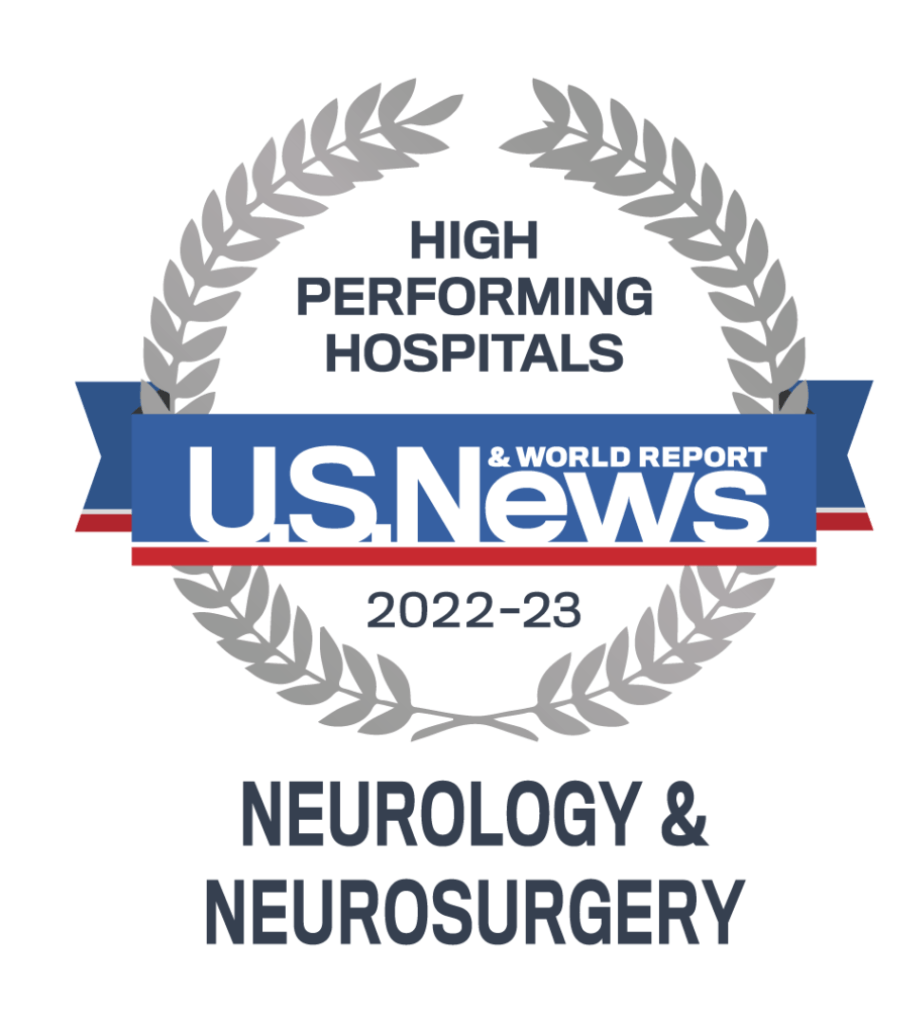
The Pacific Movement Disorders Center’s state-of-the-art facilities are located at:
Providence Saint John’s Health Center
2125 Arizona Ave, Santa Monica, CA 90404
310-829-8265
Providence Little Company of Mary Medical Center Torrance
5215 Torrance Blvd, Suite 300, Torrance, CA 90503
424-212-5361
Meet the Team
About the Author
PNI Experts
Last updated: February 8th, 2023







